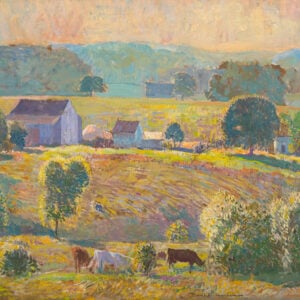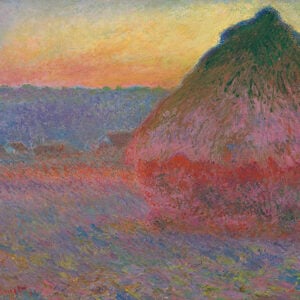The other day, I gave you a behind-the-scenes look at how I painted Boats at Wynnum (here is a link to that post if you missed it).
I had to go heavy on the problem solving with this painting. Particularly regarding the boat. It was tricky to make it appear realistic yet also consistent with the painting’s overall style.
The painting turned out OK in this case, but many don’t. I would say most of my failed paintings are the result of trying to guess my way through a complex problem. Sometimes guessing works, but most of the time it leaves me with a muddy and confused mess on the canvas.
When a problem does rear its head, I use the following process to help me think logically rather than defaulting to stress and guesswork:
Step 1: Take a breath and slow down. Mistakes can easily compound when you work stressed.
Step 2: Diagnose the problem. Be specific yet open-minded. Think big-picture first. Does it have anything to do with color, value, composition, style, etc.? Once you identify the big-picture issue, narrow it down. Is the color too light, dark, warm, or cool? Is my brushwork too tight or relaxed? Does this part fit with the overall style of the painting? To help with your diagnosis, refer to this checklist (the “Painting Questions” section).
Step 3: What are the possible solutions? There are usually multiple solutions to single problems. For example, if your focal point is not strong enough, you have two possible solutions: you could further emphasize the focal point or you could further restrain the background. If in doubt, go with the simplest solution.
Step 4: Test the solution in a non-committal way. Does it seem to fix the problem? If so, commit. If not, try another solution.
Feel free to adopt this process. Treat it as a mental checklist you briefly run through when you next encounter a problem. Step 2 is the most important and challenging. If you incorrectly diagnose the problem, then there’s little chance you’ll come up with the right solution. Think carefully about what the problem really is, then go from there.
Happy painting!
Dan Scott
drawpaintacademy.com






